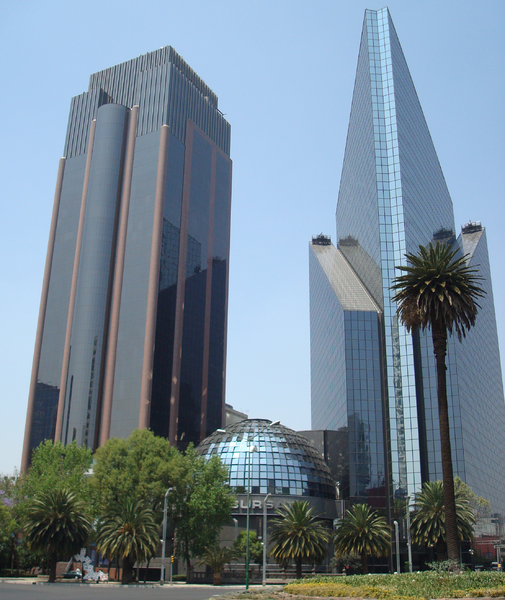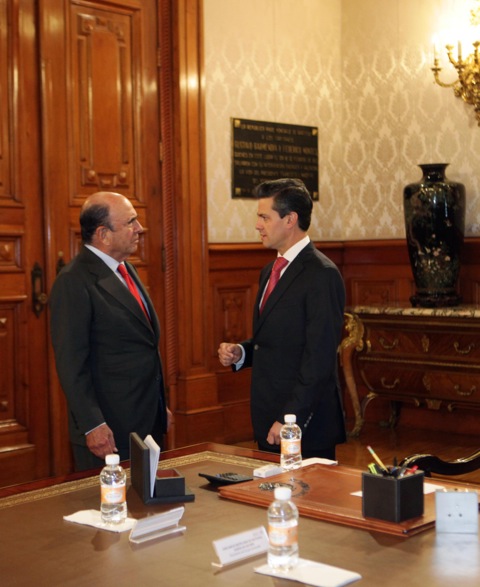The International Monetary Fund (IMF) has projected that Latin America will grow faster compared to advanced economies this year. Mexico has been one of the shining stars in the region; its economy is expected to have outpaced Brazil in 2012, with growth forecasts of around 3-4%. Last year, the MSCI Mexico Index returned 29.1% in US$ total return terms, compared with a return of 18.7% for the MSCI Emerging Markets Index.
Despite being hit hard by the 2008-09 financial crisis, Mexico has bounced back even stronger and foreign investment has risen strongly. Since the signing of the North American Free Trade Agreement (NAFTA) in 1994, Mexico has opened up its markets by signing many free-trade deals, paving the path for integration into the global economy. Recently Mexico nominated its own candidate, Herminio Blanco, for post of World Trade Organization (WTO) Director-General.
While Latin America’s second largest economy remains dependent on oil and remittances from migrant workers in the US, a growing middle class is driving consumer spending. According to a World Bank report, about 17% of Mexicans joined the ranks of the middle classes between 2000 to 2010. With a population of 114 million Mexico’s consumption power is set to rise over the decade; this is good news across the border as Mexico is also a significant growth market for US products and services. Consumer confidence was hammered during the financial crisis due to the spillover from the US recession, but since 2010 the consumer confidence index has steadily risen, reaching its highest level in nearly five years in January 2013.

Source: Bloomberg. Monthly data from January 2008 to January 2013
Mexico’s attractiveness as a manufacturing base is another positive. In terms of competitiveness Mexican wages have risen strongly since 2000 but less rapidly than in China, which has experienced years of double-digit growth in factory wages. As a consequence, many US companies have started reshoring from Asia to Mexico’s benefit. Coupled with relatively low inflation, interest rates and public debt, these factors have driven a faster-than-expected economic recovery in Mexico. Mexico has got off to a good start in 2013, with an improving manufacturing sector, sustainable jobs creation and slower input price inflation.
President Enrique Peña Nieto, elected last July, has promised a slew of economic and social reforms. Among these are tax, energy and educational reforms and new ways to increase competitiveness. The oil sector, previously monopolised by the state is being opened up to foreign investors to further develop Mexico’s shale gas potential. Mr. Peña Nieto also recognises that the poor image of Mexico has hampered the economy from more rapid growth. Class mobility remains poor and many still work in the informal economy, paying no taxes and receiving no employer benefits, and the divide between rich and poor is wide compared with other countries in the region.
We consider Mexico to be underrated in terms of its investment appeal. Its strength in exports is the main driver of our stock selection. Mexico should continue to benefit from its proximity to the US, remittances from US-based workers and an improving domestic economy. Mexico’s economy has expanded more rapidly than that of the US in recent years as industrial activity has continued to shift to Mexico’s increasingly competitive market. Among our largest overweights are Grupo Mexico, the copper miner and railroad operator and financial Grupo Financiero Banorte, which recently announced rises in fourth quarter profits of 15% and 20% respectively.





